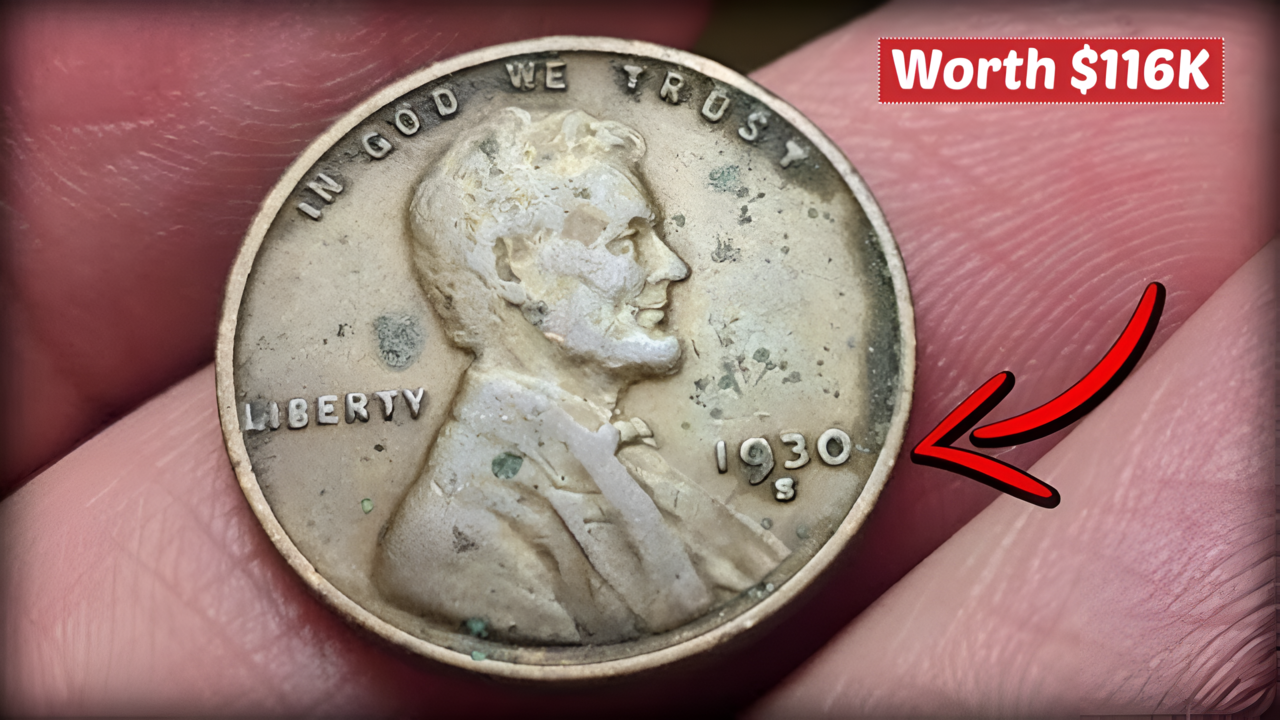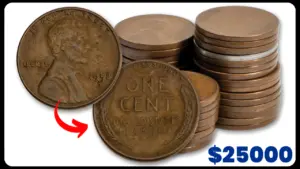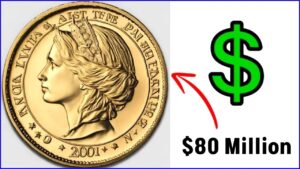Imagine finding a penny in your pocket that could change your life forever. While most coins are worth their face value, some rare treasures have skyrocketed in worth due to their historical significance, rarity, and unique features. Among these is the Lincoln Wheat Penny a humble coin that has captured the imagination of collectors and enthusiasts alike. With reports of certain versions being valued at over $116,000, the question arises: could one of these rare pennies still be in circulation?
Let’s dive into the fascinating story of the Lincoln Wheat Penny, its history, value, and the possibility of finding one today.
The Origins of the Lincoln Wheat Penny
The Lincoln Wheat Penny was first minted in 1909 to commemorate the 100th anniversary of Abraham Lincoln’s birth. Designed by Victor David Brenner, it was the first U.S. coin to feature a real historical figure. The obverse side showcases Lincoln’s profile, while the reverse side features two wheat stalks a symbol of growth and prosperity.
This iconic design remained in production until 1958, after which it was replaced by the Lincoln Memorial design. Over the years, certain editions of the Lincoln Wheat Penny have become highly sought after due to their rarity and unique characteristics.
Why Are Some Lincoln Wheat Pennies So Valuable?
Not all Lincoln Wheat Pennies are worth a fortune, but specific factors can elevate their value to astonishing levels. Here’s what makes some of these pennies so valuable:
1. Rarity
The fewer there are, the more collectors want them. Certain years and mint marks are harder to find, making them highly desirable. For example, the 1943 Bronze Lincoln Wheat Penny is one of the rarest coins in U.S. history. It was accidentally minted using bronze blanks instead of steel during World War II, when copper was being conserved for the war effort.
2. Mint Errors
Mistakes during the minting process can turn ordinary coins into extraordinary collectibles. Errors like double strikes, off-center designs, or the use of incorrect materials can significantly increase a coin’s value.
3. Condition
Coins in pristine or uncirculated condition are worth far more than those that show signs of wear and tear. Grading systems, such as those provided by PCGS (Professional Coin Grading Service), play a crucial role in determining a coin’s value.
4. Historical Significance
Certain editions, like the 1909-S VDB penny, are valuable due to their historical context. The initials “VDB” (Victor David Brenner) were removed from the coin’s design after the first year of production, making the original version a collector’s dream.
The $116K Lincoln Wheat Penny
The Lincoln Wheat Penny valued at $116,000 is likely one of the rare 1943 Bronze editions. This coin’s rarity, combined with its fascinating backstory, has made it one of the most sought-after collectibles in the numismatic world. Only a handful of these pennies are known to exist, and their value continues to rise as collectors compete to own a piece of history.
In 2010, one of these pennies was sold at auction for $1.7 million, highlighting the incredible demand for rare coins. While the $116K valuation is impressive, it’s not the highest price ever paid for a Lincoln Wheat Penny but it’s still enough to make anyone dream of finding one in their pocket.
Could It Still Be in Circulation?
The idea of finding a $116K Lincoln Wheat Penny in circulation is thrilling, but how realistic is it? Surprisingly, it’s not entirely impossible. Here’s why:
1. Forgotten Coins
Many people don’t check their change or coin jars carefully, and rare coins can remain hidden for decades. A Lincoln Wheat Penny could be sitting in an old collection, a piggy bank, or even mixed in with regular change.
2. Lack of Awareness
Not everyone is aware of the value of rare coins. A 1943 Bronze Lincoln Wheat Penny could easily be mistaken for a regular penny and spent without a second thought.
3. Circulation Patterns
While most rare coins are quickly removed from circulation by collectors, a few may still slip through the cracks. The odds are slim, but the possibility adds an element of excitement to every coin hunt.
How to Identify a Valuable Lincoln Wheat Penny
If you’re inspired to search for a rare Lincoln Wheat Penny, here are some tips to help you identify one:
1. Check the Year
Look for pennies minted in 1943, 1909, 1914, 1922, or 1931. These years are known for producing valuable editions.
2. Examine the Mint Mark
Mint marks like “S” (San Francisco) or “D” (Denver) can significantly impact a coin’s value. The absence of a mint mark indicates it was minted in Philadelphia.
3. Look for Errors
Inspect the coin for unusual features, such as double strikes, off-center designs, or incorrect materials.
4. Test the Material
For 1943 pennies, use a magnet. If the penny sticks, it’s steel and common. If it doesn’t, it could be bronze and valuable.
5. Grade the Condition
Coins in mint condition are worth more. Consider having your penny professionally graded to determine its value.
The Thrill of Coin Collecting
Coin collecting is more than just a hobby it’s a journey into history, art, and the stories behind everyday objects. The Lincoln Wheat Penny is a perfect example of how a simple coin can hold immense value, both financially and historically.
Whether you’re a seasoned collector or a curious beginner, the hunt for rare coins like the $116K Lincoln Wheat Penny adds excitement and intrigue to the pursuit. Who knows? The next penny you find could be the key to unlocking a fortune.
Conclusion
The Lincoln Wheat Penny is a testament to the enduring appeal of rare coins. With its rich history, unique design, and incredible value, it continues to captivate collectors and enthusiasts around the world. While the chances of finding a $116K Lincoln Wheat Penny in circulation are slim, the possibility keeps the dream alive.
So, the next time you come across a penny, take a closer look you might just discover a hidden treasure. After all, history has shown that even the smallest objects can hold the greatest value.
F&Q
1. What makes the Lincoln Wheat Penny so valuable?
Rarity, minting errors, condition, and historical significance all contribute to its high value.
2. How can I tell if my 1943 penny is rare and valuable?
Use a magnet—if it doesn’t stick, it may be a rare bronze version worth thousands.
3. Which Lincoln Wheat Penny is worth $116,000 or more?
The 1943 Bronze Lincoln Wheat Penny is among the rarest and most valuable editions.
4. Could a valuable Lincoln Wheat Penny still be in circulation?
Yes, though rare, some may still be overlooked in coin jars, collections, or everyday change.
5. What should I do if I think I found a rare Lincoln Wheat Penny?
Have it professionally graded and appraised to confirm its authenticity and value.


